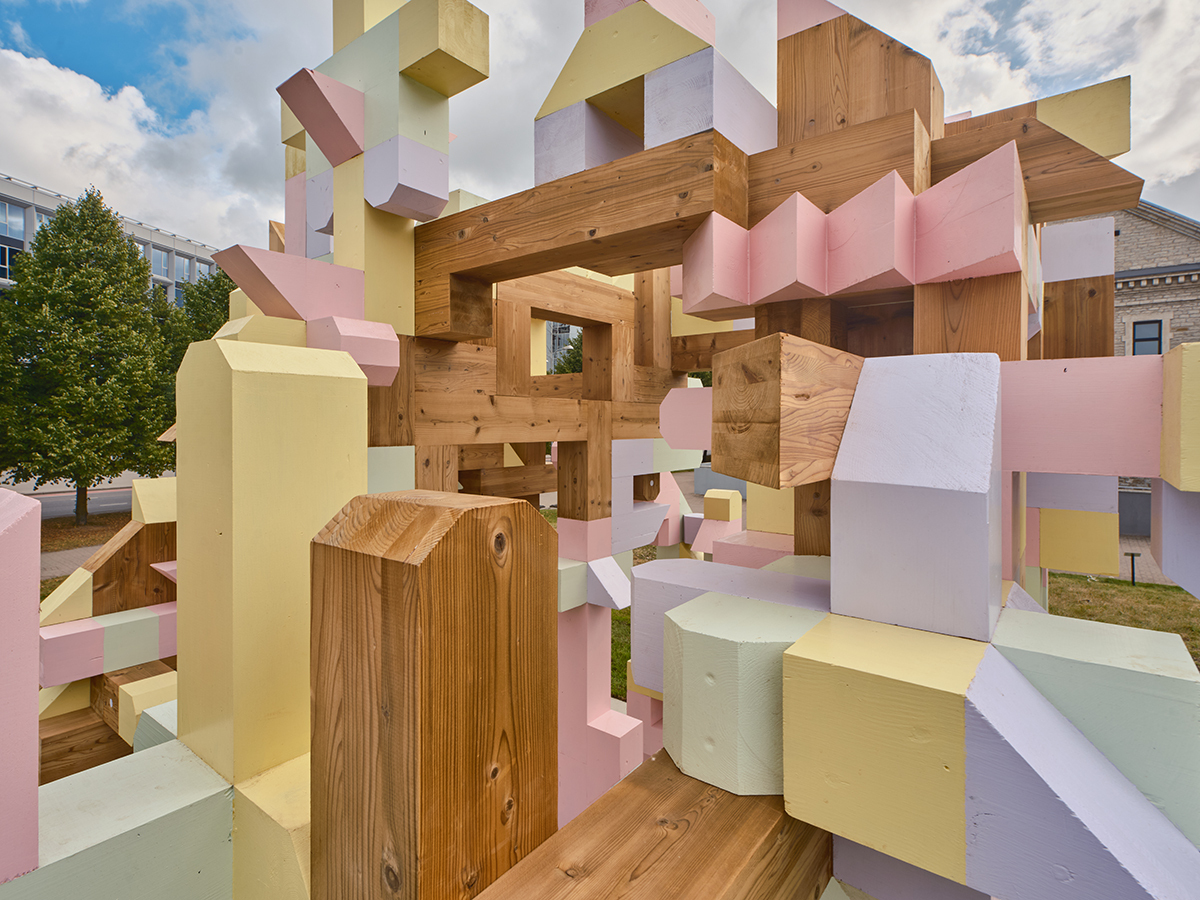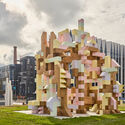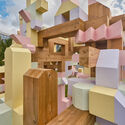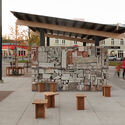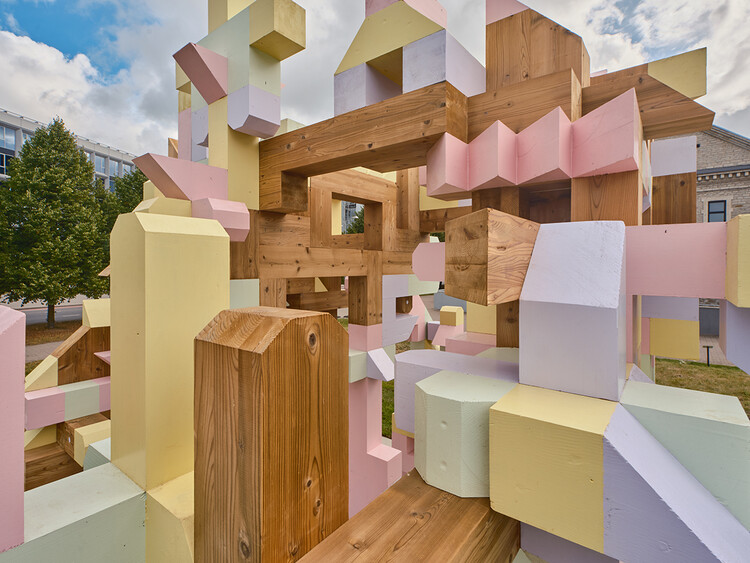 TAB 2022: Fungible / Non-Fungible Pavilion. Image © Tonu Tunnel
TAB 2022: Fungible / Non-Fungible Pavilion. Image © Tonu Tunnel
Share
Or
https://www.archdaily.com/1035352/stuudio-tana-and-mark-aleksander-fischer-to-curate-the-2026-tallinn-architecture-biennale-on-affordability-in-architecture
The Tallinn Architecture Biennale (TAB) has been organized by the Estonian Centre for Architecture (ECA) since 2011. Since its founding, it has become Estonia‘s leading international festival dedicated to architecture and the built environment. The ECA recently announced that the upcoming edition will be curated by Stuudio TÄNA and Mark Aleksander Fischer, winners of the Curatorial Competition for the 8th International Tallinn Architecture Biennale (TAB 2026). Their winning proposal, titled “How Much?”, poses the question of what affordability truly means in architecture today. The event, which in previous editions has included exhibitions, lectures, seminars, tours, satellite events, and installations across Tallinn, seeks to open a space for reflection on how architecture and design can be genuinely cost-effective, addressing the broader implications of cost and consumption. TAB 2026 will take place in the Estonian capital from 9 September to 30 November 2026.
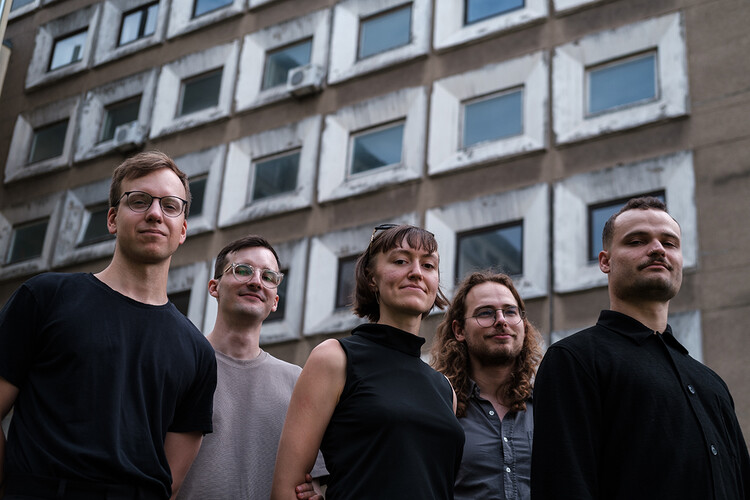 Studio TÄNA. Image © Päär Keedus
Studio TÄNA. Image © Päär Keedus
Among the ten submissions, “How Much?” stood out for its critical examination of the modernist notion of “cheapness,” where seemingly cost-effective solutions have often proved expensive socially, environmentally, and culturally over time. The curators acknowledge an international context dominated by short-term efficiency and market-driven solutions, which often overlook the true complexity of costs. Their goal for TAB 2026 is to explore how architecture can remain affordable not only at the time of construction but throughout its lifespan, across decades or even centuries. The exhibition will investigate the concept of affordability through interconnected themes such as shared investment, efficient use of space, systematic repetition, longevity, adaptability, simplicity, reuse, and compactness. These will be framed within broader contexts of scarcity, resilience, and innovation. Drawing on both Estonian and international examples, TAB 2026 aims to bring together architects and related professionals in a critical dialogue about how “cheap” can become a positive and sustainable quality in shaping the future built environment.
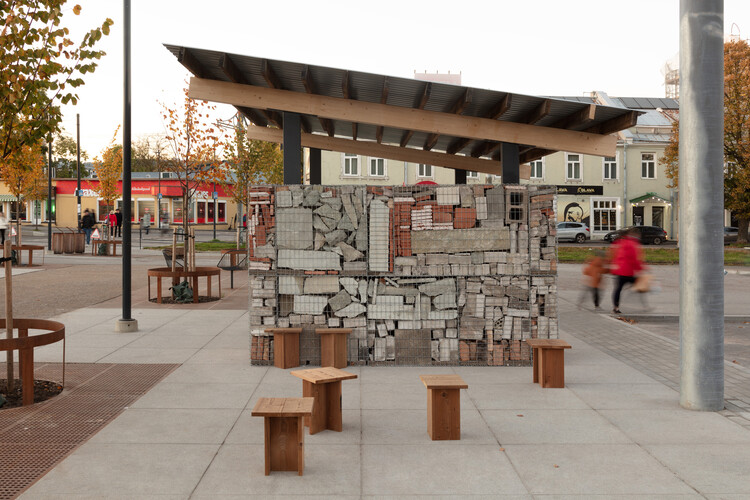 TAB 2024: No Time to Waste – Pavilion. Image © Gregor Jürna
TAB 2024: No Time to Waste – Pavilion. Image © Gregor Jürna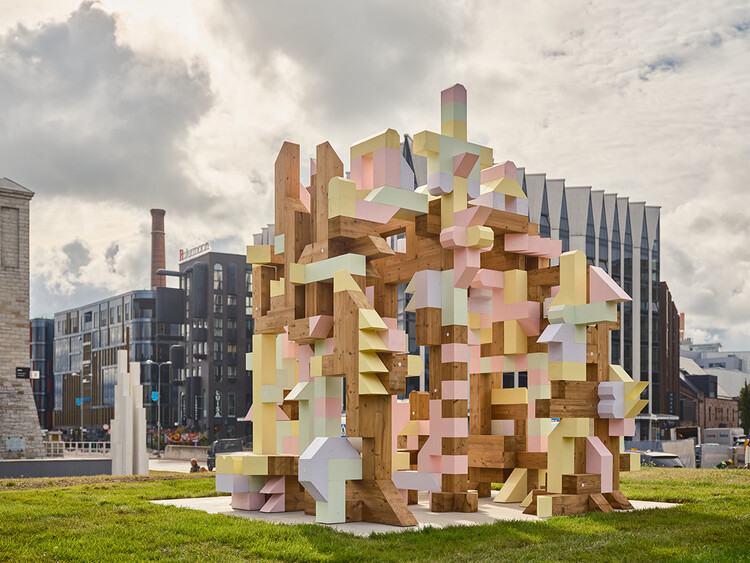 TAB 2022: Fungible / Non-Fungible Pavilion. Image © Tonu Tunnel
TAB 2022: Fungible / Non-Fungible Pavilion. Image © Tonu Tunnel
The Estonian collective Stuudio TÄNA, composed of Tristan Krevald, Kertu Johanna Jõeste, Ra Martin Puhkan, and Siim Tanel Tõnisson, was founded in 2022 and is based in Tallinn. Approaching the city, landscape, and building as an interconnected system, Stuudio TÄNA means to design for real users and everyday life rather than abstract models. Its methodology combines fieldwork, stakeholder engagement, prototyping, cost–benefit analysis, and post-occupancy evaluation, integrating policy research when relevant and sharing results through exhibitions and teaching. Working often in conditions of periphery, scarcity, and demographic decline, the practice emphasizes pragmatic solutions that support daily life. Its projects in housing address the housing crisis through scalable strategies that expand access and affordability, while also focusing on the renovation and reconstruction of Soviet-era buildings through targeted research and adaptive reuse. The studio’s educational practice functions as research-in-action, complemented by projects that range from strategic spatial planning to temporary public space interventions.
Related Article Temporary, but with Long-Lasting Effects: 6 Ways in Which Architecture Festivals Can Revitalize a City
The winning concept was selected by a jury for its clarity, urgency, and relevance beyond disciplinary boundaries. The panel included Kristiina Reidolv (Director of the Estonian Centre for Architecture), Aet Ader (B210, President of the Association of Estonian Architects), Jaan Kuusemets (DAGOpen, member of the TAB 2024 curatorial team), Sille Pihlak (PART Architects, Dean of the Faculty of Architecture at the Estonian Academy of Arts), and Roland Reemaa (LLRRLLRR, visiting lecturer at the Estonian Academy of Arts and Central Saint Martins, London). The jury commended the proposal’s capacity to address the social implications of austerity and scarcity, taking them as both a starting point and an asset for spatial practice. As the jury noted, it challenges architects to decide what to forgo and what to prioritize, asking how compelling architecture can emerge under constraint while sustaining local spatial cultures, and whether such a scenario is even possible. TAB 2026 promises a diverse program including the Curatorial Exhibition, Symposium, Tallinn Vision Competition, and Installation Programme, alongside an interdisciplinary Satellite Programme.
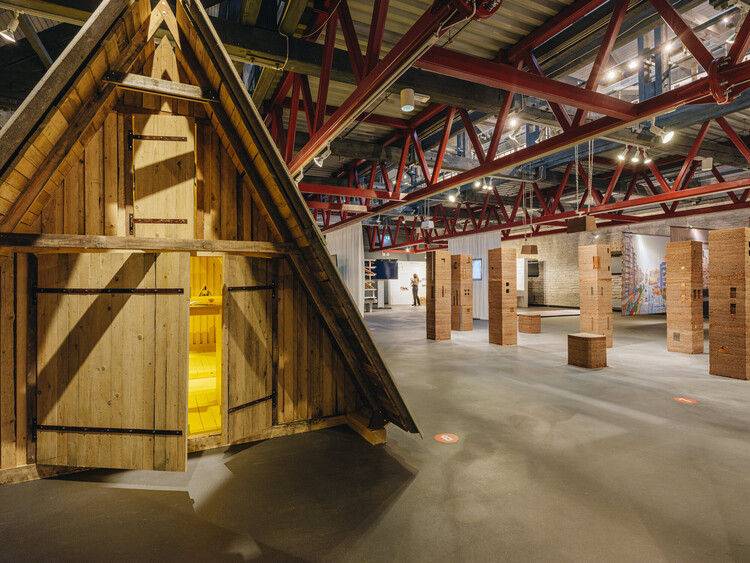 TAB 2024: Curatorial Exhibition. Image © Tonu Tunnel
TAB 2024: Curatorial Exhibition. Image © Tonu Tunnel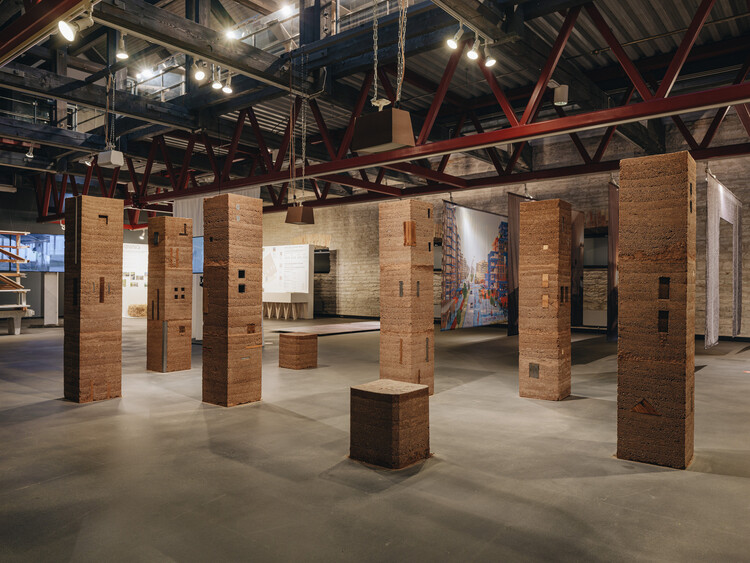 TAB 2024: Curatorial Exhibition. Image © Tonu Tunnel
TAB 2024: Curatorial Exhibition. Image © Tonu Tunnel
The themes of the two previous Tallinn Architecture Biennales have also explored transdisciplinary issues: “Edible; Or, The Architecture of Metabolism” (2022) and “Beauty Matters: The Resurgence of Beauty” (2019). Other recent architecture events worldwide have likewise invited reflection on new directions for practice. The XXIII Chilean Architecture and Urbanism Biennial was organized around the idea of “understanding architecture not as the production of the new, but as the ability to reactivate what already exists,” using a restored church ruin as its main pavilion. At the 5th Seoul Biennale of Architecture and Urbanism, MAD Architects presented an installation responding to the curatorial theme “Radically More Human,” envisioning architecture that behaves more like a living organism than a static object. Meanwhile, the first Copenhagen Architecture Biennial recently concluded, inviting a reconsideration of the pace of transformation in the built environment amid global pressures such as rapid urbanization, resource consumption, and climate change.

